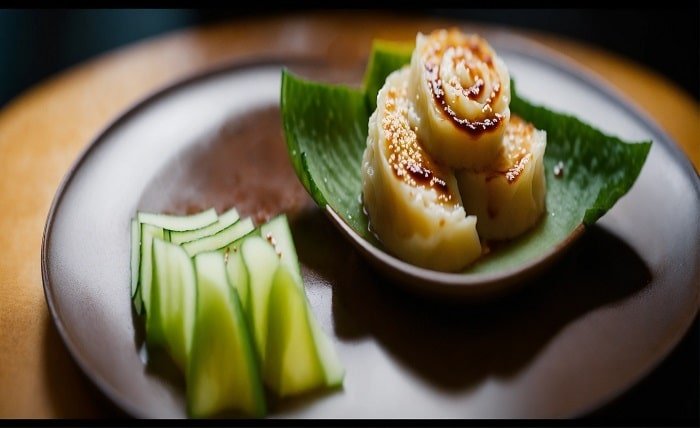Exploring the Health Benefits of Mochi: A Japanese Delicacy

Introduction
Mochi, a traditional Japanese dessert, has transcended its culinary roots to become a global sensation. Beyond its delicious taste and chewy texture, mochi offers numerous health benefits that have piqued the interest of health-conscious individuals worldwide.
What is Mochi?
Mochi is a Japanese rice cake made from glutinous rice pounded into a sticky paste and molded into various shapes. This centuries-old delicacy is central to Japanese culture and is often enjoyed during special occasions and festivals.
Nutritional Profile of Mochi
Despite its simple ingredients—glutinous rice and water—mochi packs a surprising nutritional punch. It is low in fat and cholesterol-free, making it a guilt-free treat for those watching their dietary intake.
Digestive Health Benefits
Due to its sticky texture and glutinous rice base, mochi is believed to aid digestion by promoting gut motility and providing a source of dietary fiber. This can help alleviate constipation and support overall digestive health.
Energy Boosting Properties
The high carbohydrate content in mochi provides a quick source of energy, making it a popular choice among athletes and those needing a rapid energy boost without the crash associated with processed sugars.
Antioxidant and Anti-Inflammatory Effects
Certain types of mochi, particularly those made with ingredients like matcha (green tea powder) or adzuki beans, boast antioxidant properties that help combat oxidative stress and reduce inflammation in the body.
Gluten-Free and Allergen-Friendly
Made from glutinous rice (which is gluten-free despite its misleading name), mochi is a safe alternative for individuals with gluten sensitivities or allergies, offering them a unique and delicious dessert option.
Mochi in Traditional Medicine
In traditional Japanese medicine, mochi is sometimes considered beneficial for strengthening the body’s qi or life force, believed to support overall vitality and resilience against illness.
Incorporating Mochi into a Healthy Diet
For those looking to integrate mochi into their daily diet, moderation is key. Pairing mochi with fruits or using it as a topping for yogurt can enhance its nutritional value while adding variety to your meals.
Conclusion
In conclusion, mochi is not just a tasty treat but also a surprisingly healthy addition to your diet. Its nutritional benefits, including digestive support, energy boost, and antioxidant properties, make it a versatile choice for health-conscious individuals looking to indulge without guilt.
FAQs
1. Is mochi high in calories?
Mochi is moderately calorie-dense due to its high carbohydrate content, but its portion size and ingredients can affect its overall calorie count.
2. Can mochi help with weight loss?
While mochi is low in fat, its calorie content should be considered when incorporating it into a weight loss diet. Portion control is key.
3. Are there any side effects to eating mochi?
For most people, mochi is safe to eat. However, individuals with rice allergies should avoid it, and overconsumption may lead to digestive discomfort due to its sticky nature.
4. How should mochi be stored to maintain freshness?
Store mochi in an airtight container at room temperature for short-term storage, or freeze it for longer shelf life. Thaw frozen mochi at room temperature before consuming.
5. Can mochi be a part of a gluten-free diet?
Yes, mochi made from glutinous rice is gluten-free, making it suitable for those with gluten sensitivities or celiac disease.




